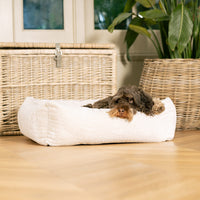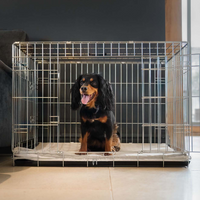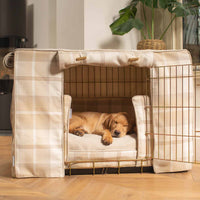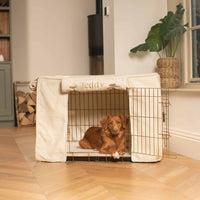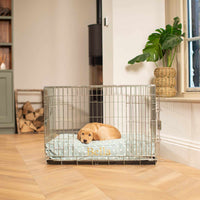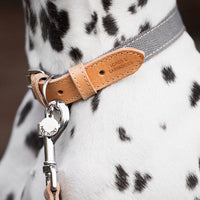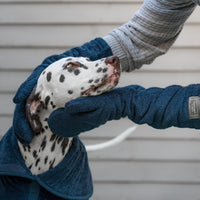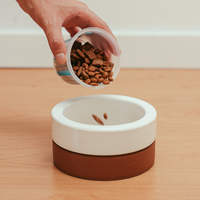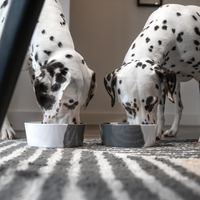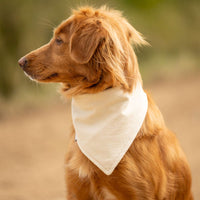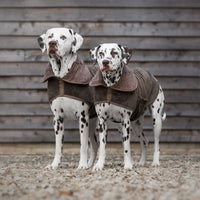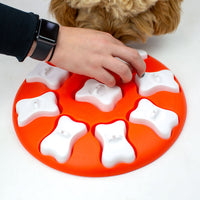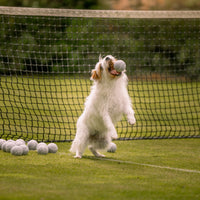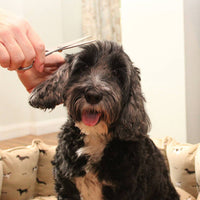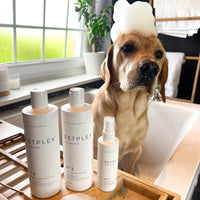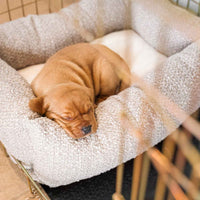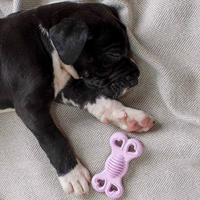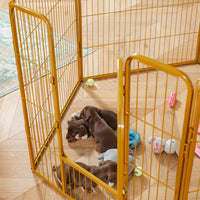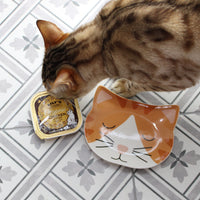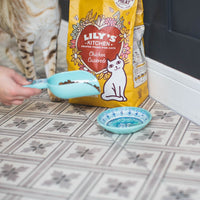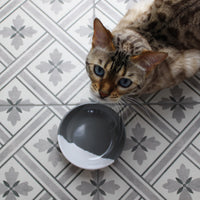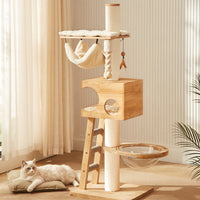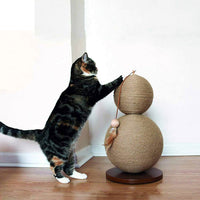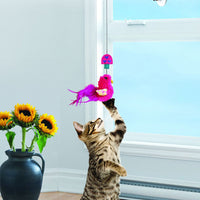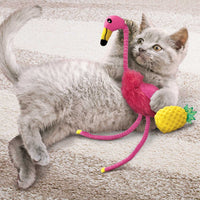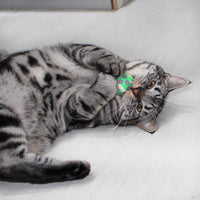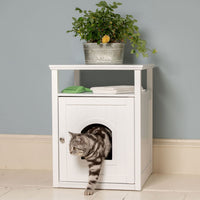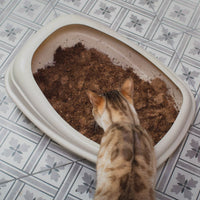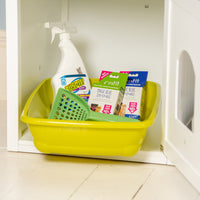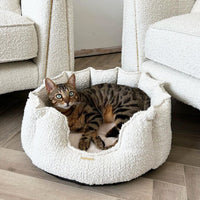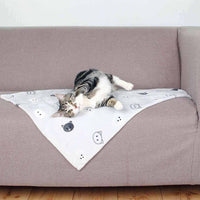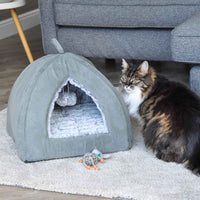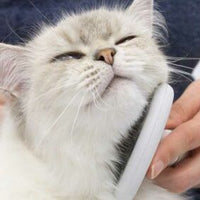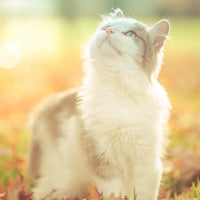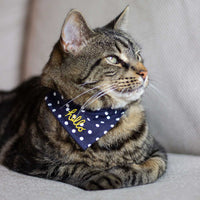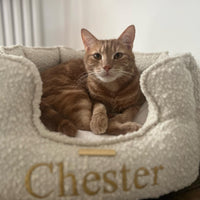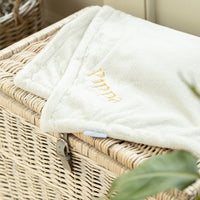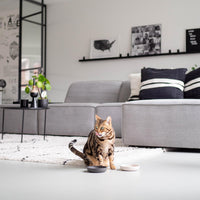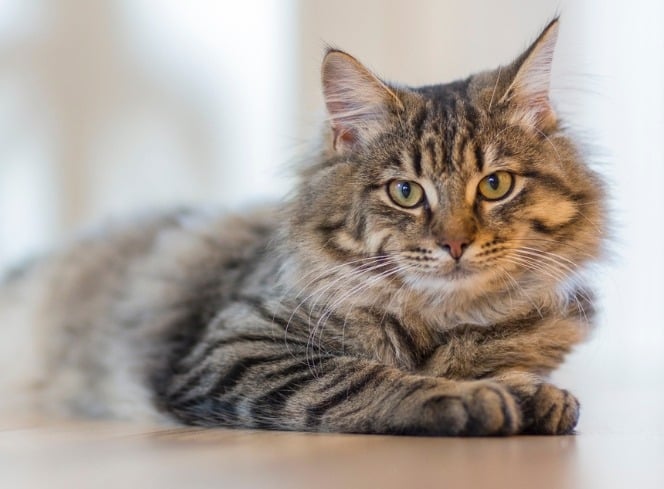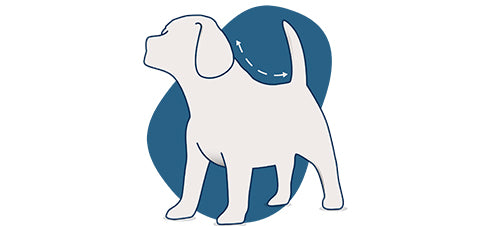When it comes to choosing a feline companion, understanding the various cat breeds and their characteristics is crucial. Whether you're drawn to a cat's personality traits, appearance, or energy levels, each breed brings something unique to the table. This guide explores the different cat breeds, focusing on the most popular varieties in the UK and their distinct characteristics.
Understanding Cat Breeds: Why It Matters
Before diving into the specific traits of different breeds of cats, it's essential to understand why breed characteristics matter. Just like dogs, cats of different breeds exhibit unique personality traits, activity levels, and care requirements. Knowing these can help you choose a cat that fits well with your lifestyle and household.
Common Traits Across Cat Breeds
While each breed has its own set of characteristics, some traits are common across many cats:
- Independence: Cats, in general, are known for their independent nature. However, the degree of independence can vary significantly across different breeds.
- Affection Level: Some breeds are incredibly affectionate and enjoy being close to their owners, while others are more aloof.
- Playfulness: The playful nature of cats can also differ. Some breeds retain their kitten-like energy throughout their lives, while others are more laid-back.
- Vocalisation: Some cats are chatty and will vocalise frequently, while others are quieter and more reserved.
- Grooming Needs: Depending on the breed, grooming requirements can range from minimal to extensive.
A Closer Look at Different Cat Breeds in the UK
1. British Shorthair

One of the most popular breeds in the UK, the British Shorthair, is known for its plush coat, round face, and calm demeanour. This breed is ideal for those who want a low-maintenance cat with a balanced personality.
Personality Traits of a British Shorthair
British Shorthairs are generally quiet, affectionate, and good-natured. They are not overly demanding and are content to spend time alone, making them ideal for busy households.
British Shorthair Grooming Needs
Their short, dense coat requires regular brushing to prevent matting, but they are otherwise easy to care for.
2. Maine Coon

Maine Coons are one of the largest breeds of cats, with a gentle and friendly disposition. Despite their size, they are known as "gentle giants" due to their sociable and affectionate nature.
Maine Coon Personality Traits
Maine Coons are highly social and enjoy being part of family activities. They are also known for their intelligence and playful behaviour, making them excellent companions for families with children.
Maine Coon Grooming Needs
Their long, thick fur requires regular grooming to avoid tangles and matting. Maine Coons also benefit from interactive play to keep them mentally stimulated.
3. Siamese

The Siamese cat is one of the most recognisable breeds, known for its sleek body, striking blue eyes, and talkative nature. They are highly social and thrive on human interaction.
Siamese Personality Traits
Siamese cats are extroverted, vocal, and affectionate. They form strong bonds with their owners and can become anxious if left alone for long periods.
Siamese Grooming Needs
Their short coat is easy to maintain, but Siamese cats need plenty of mental stimulation and interaction to stay happy.
4. Bengal

Bengals are known for their wild appearance, resembling a miniature leopard, and their energetic personality. This breed is perfect for those who want an active and adventurous feline friend.
Bengal Personality Traits
Bengals are highly energetic, curious, and playful. They enjoy climbing, playing with toys, and exploring their environment. They are also known for being quite vocal.
Bengal Grooming Needs
Despite their short coat, Bengals require regular play and mental stimulation. Grooming is minimal, but their high energy levels mean they need plenty of exercise.
5. Persian

The Persian cat is synonymous with luxury, boasting a long, flowing coat and a calm, dignified personality. They are one of the most popular breeds in the UK due to their serene nature and stunning appearance.
Persian Personality Traits
Persians are gentle, affectionate, and enjoy a quiet environment. They are perfect lap cats and are content with a calm, predictable routine.
Persian Grooming Needs
Persians require daily grooming due to their long coat, which can easily become tangled. Regular face cleaning is also necessary to prevent tear staining.
6. Ragdoll

Ragdolls are large, affectionate cats known for their placid temperament and striking blue eyes. They are often described as “puppy-like” due to their tendency to follow their owners around.
Ragdoll Personality Traits
Ragdolls are very affectionate, calm, and gentle. They enjoy being held and will often go limp in your arms, hence the name “Ragdoll.” They are great with children and other pets.
Ragdoll Grooming Needs
Their semi-long fur requires regular grooming to prevent tangles. They also enjoy interactive play and social interaction.
7. Sphynx

The Sphynx is a unique breed, known for its hairless appearance and warm, friendly nature. Despite their unusual look, Sphynx cats are affectionate and love being the centre of attention.
Sphynx Personality Traits
Sphynx cats are energetic, playful, and incredibly social. They thrive on human interaction and are known for their affectionate and sometimes mischievous behaviour.
Sphynx Grooming Needs
Despite lacking fur, Sphynx cats require regular baths to remove oils from their skin. They are also prone to feeling cold, so they often appreciate a warm blanket or cosy spot to snuggle.
Choosing the Right Breed for You
When selecting a cat, it's important to consider the characteristics of the cat breed that align with your lifestyle. Whether you prefer a playful and energetic companion or a calm and affectionate lap cat, there's a breed that matches your needs. Additionally, understanding the grooming requirements and personality traits can help ensure a harmonious relationship between you and your feline friend.
Choosing the Right Set Up for Your Cat
Making sure you have the right set up for your cat is key to their wellbeing. From cat trees to cat litter and cat food, as well as much more, we’ve spent time picking all the essentials you’ll need to ensure your cat’s health and happiness.

Final Thoughts on Cat Breeds and Their Characteristics
The UK is home to a diverse range of cat breeds, each with its own unique set of characteristics. Whether you’re looking for a breed that is affectionate, independent, playful, or low-maintenance, understanding the different varieties of cats can guide you in making the right choice. By considering the specific traits and needs of each breed, you can find a feline companion that perfectly fits your home and lifestyle.
In conclusion, all the breeds of cats have something special to offer, but it's important to choose a breed whose personality traits align with your expectations and lifestyle. Whether you're exploring different breeds of cats for the first time or deepening your knowledge of cat personality types, this guide serves as a comprehensive introduction to the wonderful world of felines.


